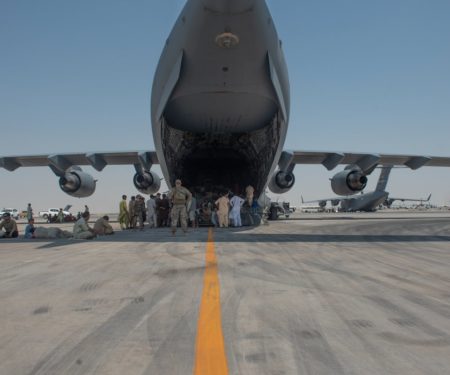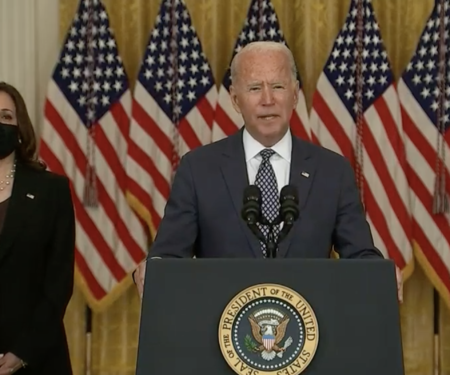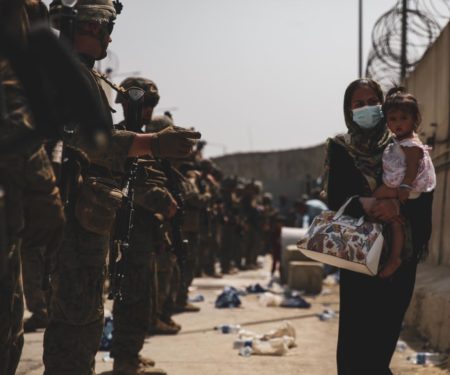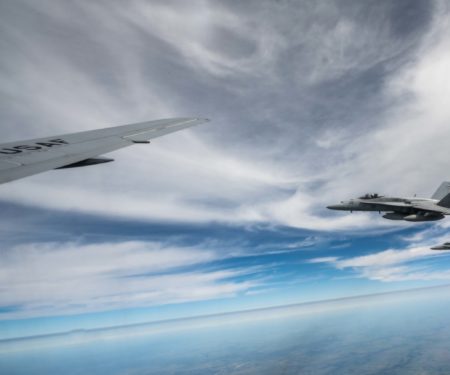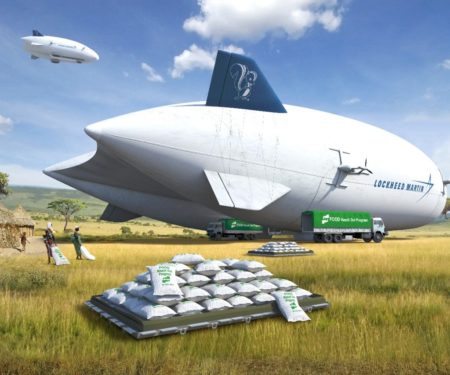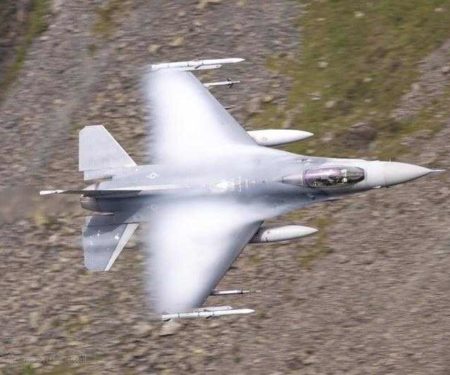Radar Sweep
New US Air Force Secretary to Shake Up Advanced Battle Management Program
The new U.S. Air Force Secretary says he’s skeptical about current plans to build the service’s Advanced Battle Management System, signaling the program could be heading for an overhaul. “I want to focus it more on specific operational return on investment,” Frank Kendall told Defense News in an Aug. 13 interview. “Where do we get the most improvement in performance operationally in the battlefield, for investments in that type of technology?”
Pentagon Poised To Unveil, Demonstrate Classified Space Weapon
For months, top officials at the Defense Department have been working toward declassifying the existence of a secret space weapon program and providing a real-world demonstration of its capabilities, Breaking Defense has learned. The effort—which sources say is being championed by Gen. John Hyten, Vice Chairman of the Joint Chiefs of Staff—is close enough to completion that there was a belief the anti-satellite technology might have been revealed at this year’s National Space Symposium, which kicks off Aug. 23.
Afghan Officer Who Fought with US Forces Rescued from Kabul
Time was running out for Mohammad Khalid Wardak, a high-profile Afghan national police officer who spent years working alongside the American military. Hunted by the Taliban, he was hiding with his family in Kabul, constantly moving from place to place as they tried—and failed—several times to reach a rendezvous point where they could be rescued. After at least four attempts in as many days, the family finally was whisked away by helicopter Aug. 18 in a dramatic rescue.
Enlisted Development ‘Action Plan’ Coming this Fall, Chief Bass Says
Chief Master Sergeant of the Air Force JoAnne S. Bass is preparing to take a “hard, holistic look” at the world of professional military education as part of her enlisted development action plan due out this fall, the service’s top enlisted leader told Air Force Times on Aug. 18. “How do we develop our Air Force—specifically, our enlisted corps from E-1 to E-9—in a way that will allow us to be the very best Air Force that we need to be in 2030 and beyond?” she said. “The foundation of all of that is really leadership development.”
Full Transcript of George Stephanopoulos's ABC News Interview with President Joe Biden on Afghanistan
Read the full transcript of President Joe Biden's exclusive interview with ABC News' George Stephanopoulos on Aug. 18 regarding the situation in Afghanistan and the recent Taliban takeover.
Afghan Aftermath: Will Pacific States See Weakened US?
“The world has witnessed how the US evacuated its diplomats by helicopter while Taliban soldiers crowded into the presidential palace in Kabul,” the official and hawkish Chinese English-language Global Times editorial page wrote within hours of the Taliban taking the capital. “This has dealt a heavy blow to the credibility and reliability of the US.” But is it that obvious? More importantly, is it true? And how will America’s allies, partners, and adversaries judge the strategic implications?
Night Stalker Special Ops Helicopters Now in Kabul Could be Critical to Evacuation
Based on publicly available images on the ground and from satellites, the 160th SOAR had a small presence of a couple of transport helicopters in Kabul when the city fell to the Taliban on Aug. 15, but since then, their numbers have been significantly bolstered, most notably by a contingent of at least eight AH/MH-6 Little Birds as well as specially modified MH-60 Black Hawks and MH-47 Chinooks. These two larger types are capable of in-flight refueling and can deploy directly without having to be broken down to be flown in on transport aircraft, which are currently highly taxed bringing in standard forces to protect the airport in Kabul and flying out Americans and Afghan allies.
Space Force Awards $32 million in Contracts to Startups and Small Businesses
At a virtual pitch event Aug. 19, the U.S. Space Force selected 19 companies that each will receive Small Business Innovation Research Phase 2 contracts worth $1.7 million. The Space Force Pitch Day marked the launch of SpaceWERX, a new industry outreach organization funded by the Space Force and the Air Force Research Laboratory. Lt. Col. Walter McMillan, SpaceWERX director, said 24 companies pitched products over two days.
First Group of Space Force Recruiters Begin Training
The first group of future U.S. Space Force recruiters attended a five-day training course Aug. 9 to Aug. 13 at Vandenberg Space Force Base, Calif.
Air Force to Honor B-52 with Air Power Legacy Series in 2021
The Air Force football team is honoring the B-52 Stratofortress with the 2021 edition of the Air Power Legacy Series uniform. The Falcons will debut the uniform for the Navy game Sept. 11, the 20-year anniversary of 9/11. The helmet is designed after the B-52s that flew in Operation Linebacker II and are painted in the Air Force SEA (Southeast Asia) camo, with USAF on one wing and the roundel on the other.

